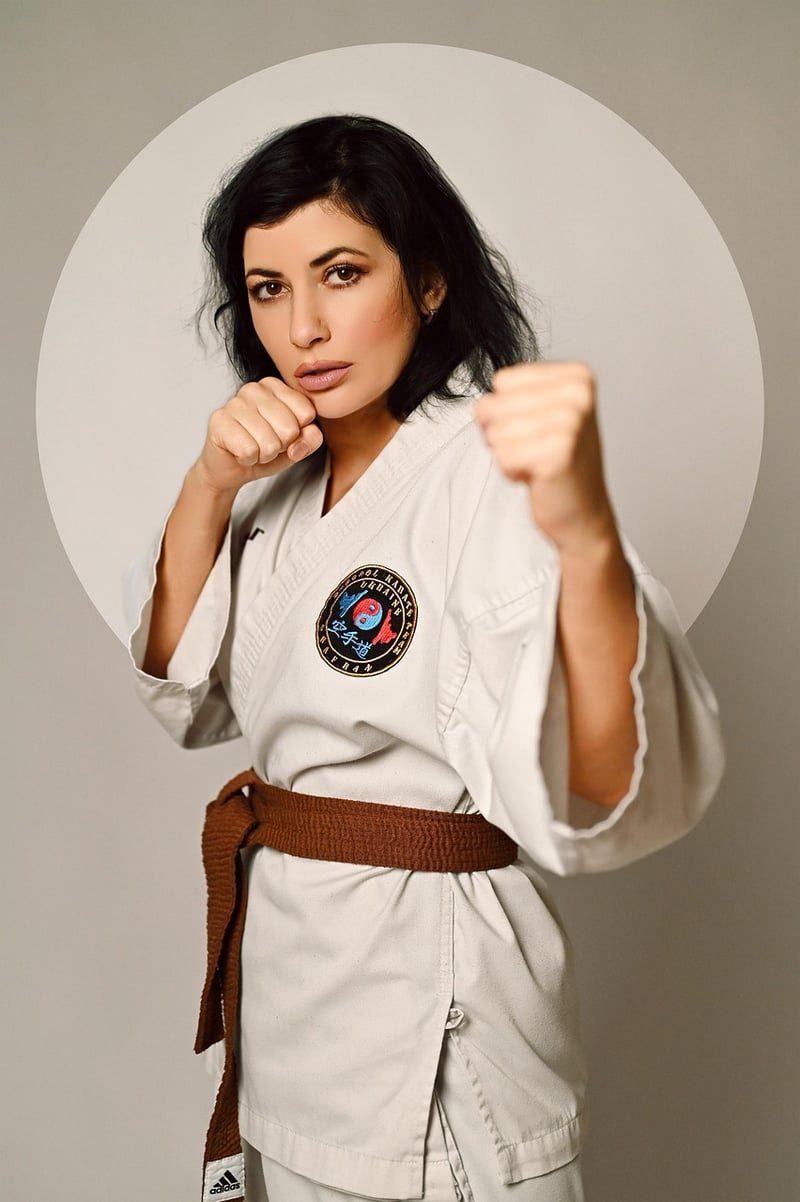Wu Style
The Art of Wu Style in Chinese Martial Arts
Chinese martial arts, also known as Kung Fu, are a diverse range of fighting styles that have been practiced for centuries. One of the prominent styles within Chinese martial arts is the Wu Style. Let's explore the rich history and key characteristics of Wu Style.
History of Wu Style
Wu Style is named after Wu Yuxiang, a renowned martial artist from the 19th century. He synthesized elements from various traditional Chinese martial arts styles to create Wu Style Tai Chi Chuan. This style emphasizes internal power, softness, and relaxation combined with explosive martial techniques.
Key Features of Wu Style
- Internal Focus: Wu Style places a significant emphasis on internal energy cultivation through practices like Qigong and Neigong.
- Softness and Relaxation: Practitioners of Wu Style learn to yield to force rather than resist it, using softness to overcome hardness.
- Slow and Flowing Movements: Wu Style forms are characterized by slow, continuous movements that promote mindfulness and balance.
- Explosive Power: Despite its soft approach, Wu Style also incorporates sudden bursts of power in its techniques, making it effective for self-defense.
Benefits of Practicing Wu Style
Engaging in Wu Style practice offers a wide range of physical, mental, and spiritual benefits, including:
- Improved balance, flexibility, and coordination
- Stress relief and relaxation
- Enhanced focus and concentration
- Increased self-awareness and mindfulness
- Self-defense skills and confidence
Explore Wu Style Further
If you are interested in delving deeper into the world of Wu Style and Chinese martial arts, consider seeking out a qualified instructor or joining a local martial arts school. The principles and techniques of Wu Style can benefit practitioners of all ages and fitness levels.
Start your journey into the ancient art of Wu Style today!

